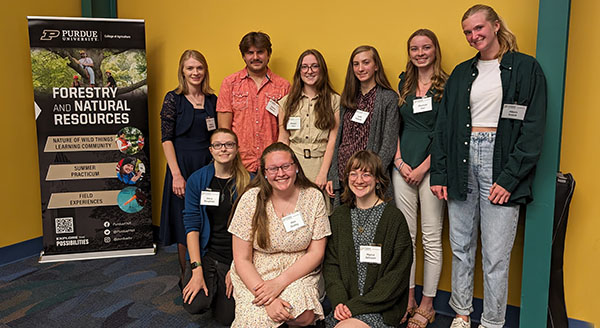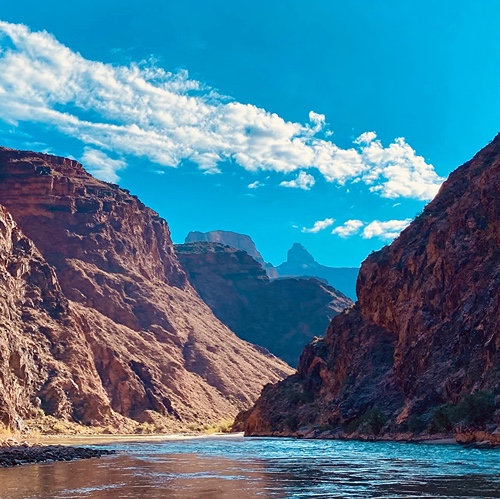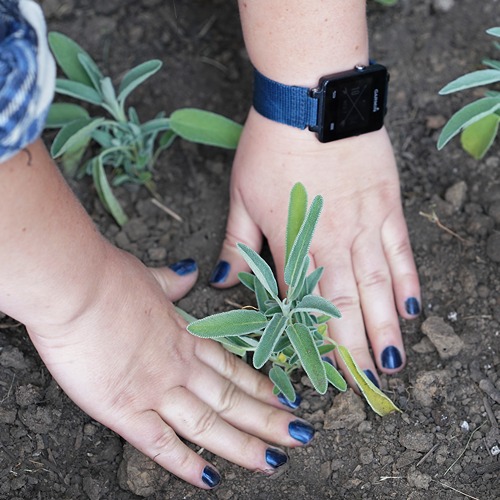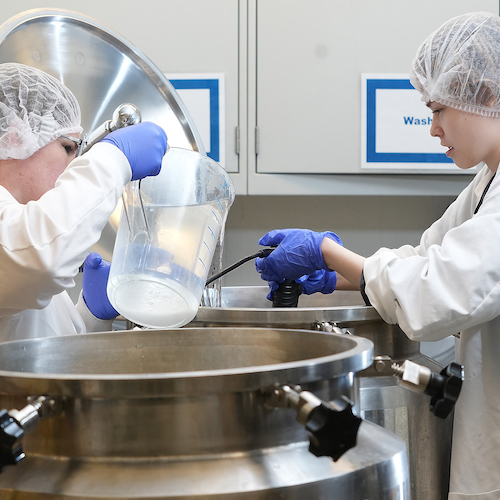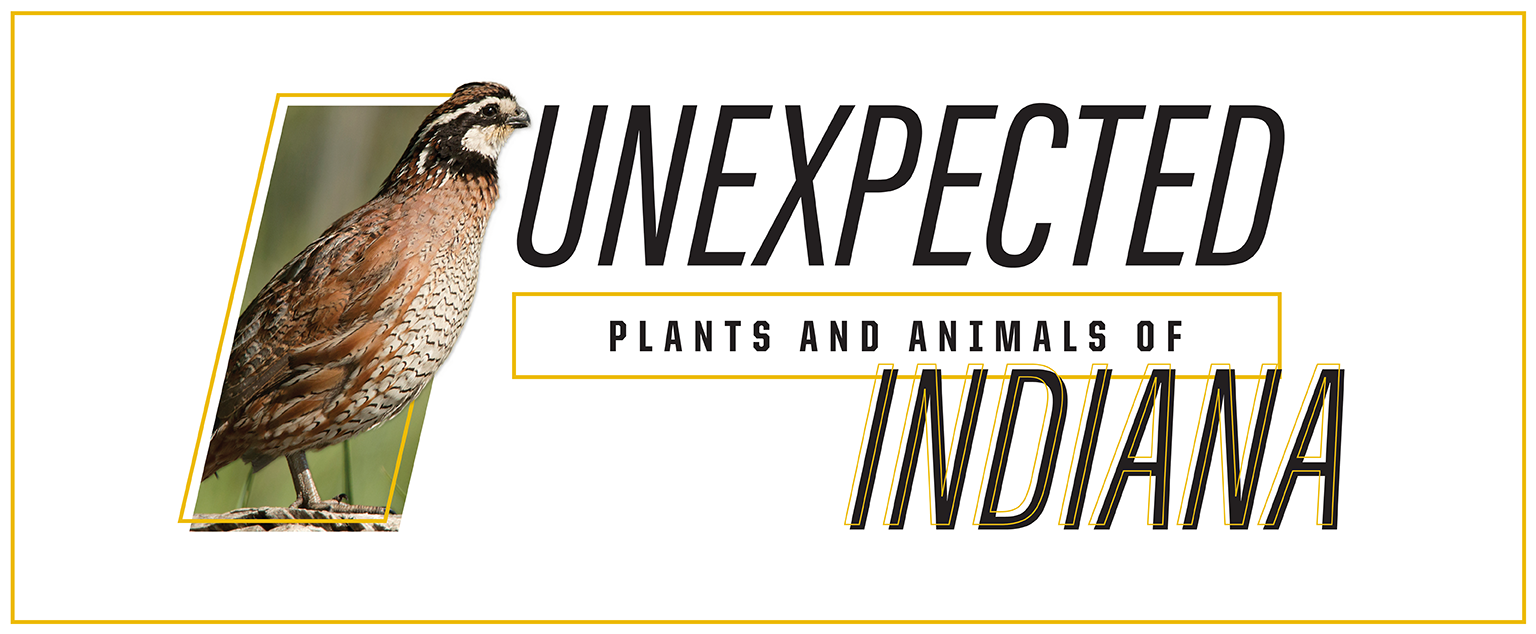
The call of a bobwhite quail is common background music in portions of rural Indiana, but the sight of one is something special that can spark a lifelong fascination, just as it did for Extension wildlife specialist Jarred Brooke.
“I was about 13 years old, hunting rabbits, the first time I came across a covey of quail,” Brooke recalled. “Bobwhite stay hidden until you get within just a few feet of them. Then, they burst out, scattering in every direction. You don’t know where to look, but you can hear and feel the wing beats.
“The visual and auditory impact of that first flushing covey was exhilarating. It made me want to learn more about them.”
Brooke went on to study wildlife biology as an undergraduate student at Purdue and focused his master’s thesis research project on bobwhite habitat management while at the University of Tennessee.
Northern bobwhite are the only native quail in the Eastern United States. Their spotted plumage helps them stay hidden along the ground where they nest and feed.
Bobwhite are less than a foot long and weigh around seven ounces. Their name comes from the call they make which sounds like a whistled “bob-white” rising in pitch.
“If you lived in rural Indiana in the 1980s or earlier, you probably ran across bobwhite or at least heard their call frequently. A lot of farmers back then had bird dogs and would actively hunt bobwhite and pheasants. Children in that generation, like my parents, grew up with them as an ever-present part of the landscape.”
The way Hoosiers conducted agriculture from the turn of the century until just past the mid-century created ideal homes for quail.
“Farms back then were smaller and had a variety of crops. In addition to corn and soybeans, there were more cereal grains. There were pastures, hay fields and permanent vegetation for bobwhite to rest in.” Woody fencerows provided cover from predators and the cold.
As farming – and farms – evolved, bobwhite lost habitat and their populations declined. Without habitat, keeping their numbers stable can be difficult.
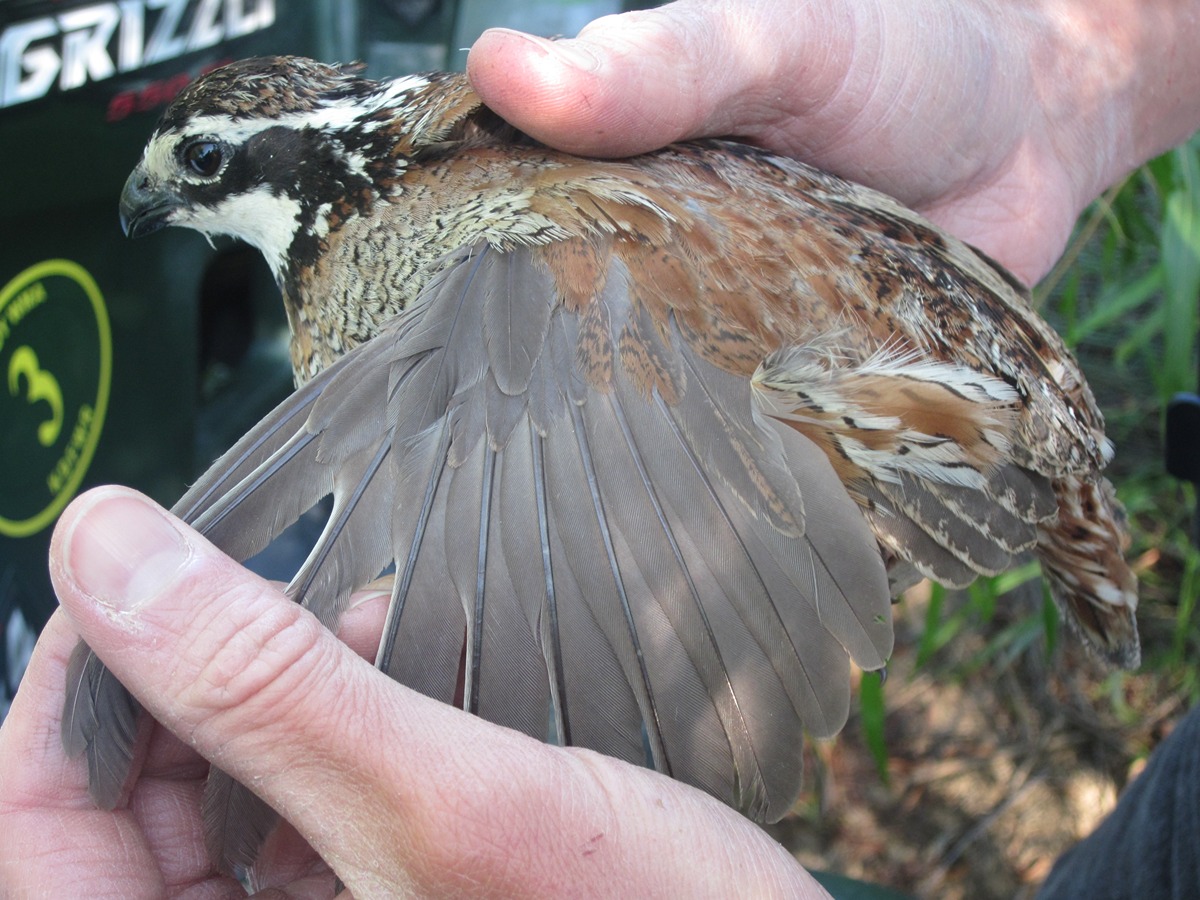 This male bobwhite was radio-tagged during a research project to learn more about how bobwhite utilize reclaimed coal mines in Kentucky.
This male bobwhite was radio-tagged during a research project to learn more about how bobwhite utilize reclaimed coal mines in Kentucky. “There is a running saying that bobwhite are born looking for a place to die,” said Brooke. Less than 20% of bobwhite survive their first year. “Bobwhite can succumb to a variety of factors like predators, bad weather, starvation and hunting. Without good quality habitat, their chance of surviving those gauntlets is slim.”
A bobwhite’s high reproductive potential helps counter its short lifespan. They have clutches of 12-14 eggs and can nest multiple times throughout the summer.
“Bobwhite males, unlike most birds, can take an active role in incubating eggs and rearing their young. On occasion, males sit on the eggs so the hen can leave and lay another clutch. Males can even lead the brood around once they hatch.”
The popularity of bobwhite as game birds has led to large conservation efforts and extensive study. Much of the research has looked at effective ways to improve their habitat, like controlled burns.
“Bobwhite are often called the Firebird because they respond so positively to prescribed fires,” explained Brooke. “Controlled burns rapidly encourage the growth of plants, which provide the cover and food bobwhite need to raise their young.”
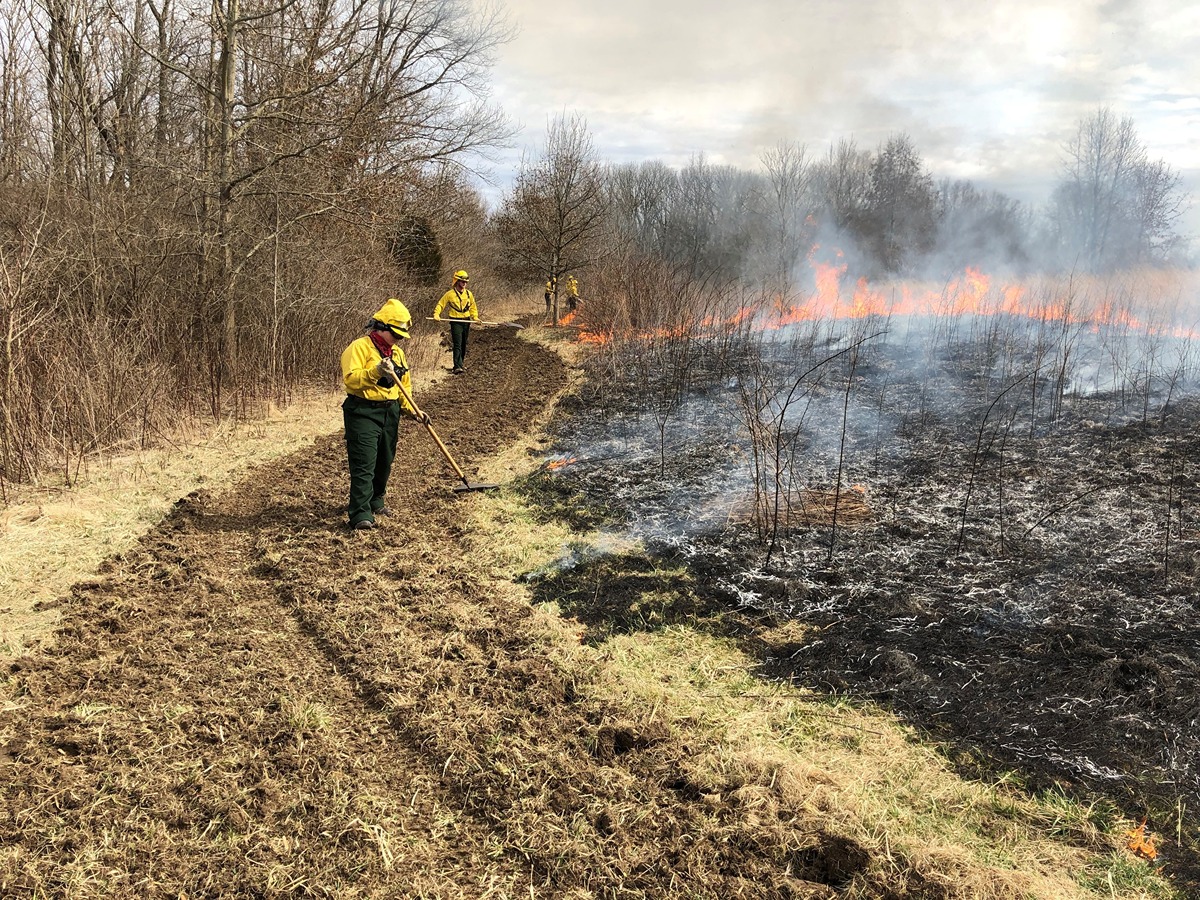 Students in FNR-498 Applied Fire Ecology implement a prescribed fire to improve the habitat for northern bobwhite and other wildlife.
Students in FNR-498 Applied Fire Ecology implement a prescribed fire to improve the habitat for northern bobwhite and other wildlife. Through Purdue Extension, Brooke runs a series of “Learn-N-Burn” workshops to teach landowners about prescribed fires and provide real demonstrations.
“It is an important practice that is not used on landscapes as often as it should be,” said Brooke.
And, as Brooke explained, bobwhite quail are not the only beneficiaries of the practice.
“Bobwhite are what we call an ‘umbrella species,’” he explained. “When we manage habitat for bobwhite, we also provide homes for a host of other wildlife species including grassland and shrubland birds, grasshopper sparrows, field sparrows and loggerhead shrikes.” Conserving bobwhite quail could save many birds with one stone.
